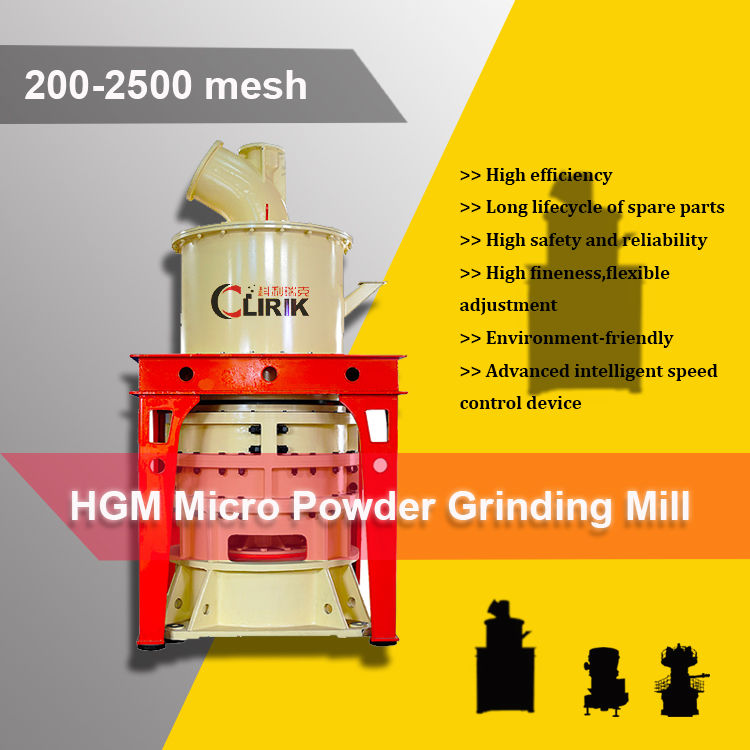When the ore grinding mill stops running, the machine will generate great temperature changes. In this case, it even leads to significant thermal stress, resulting in damage to the mill, such as the deformation of the lining plate and bolt breakage. Then why is there a problem of machine temperature rising? During the operation of the mill, the grindability of the ore will decrease with the increase of the temperature of the machine. In areas where fineness is higher, tiny particles will rub each other, resulting in electrostatic adsorption. In addition, these tiny particles will be adsorbed on the ultra-fine mill, so that the grinding efficiency will be reduced, and the temperature of the parts inside the machine will rise.
Material blockage will also occur during the production process. The first case is that materials are stacked at the blanking orifice. This is mainly due to wet material or material heating and sticking to the feed hole. Another situation is that the main engine's air duct is blocked, and the cyclone feeder is not well sealed. It should also be noted that the larger the air flow of the grinder's analyzer is, the thicker the powder will be; the smaller the air flow is, and the finer the powder will be. The speed and air volume of the analysis machine should be adjusted in time according to the change of the abrasive material.
The mill is not suitable for all ore materials. The feed inlets of different models of ore grinding mills are different, and the size of feed is various. If failing in accordance with the applicable specifications of the mill, it is easy to cause material clogging, which has a great impact on the production of the mill. Ultra fine grinding mill is specially used for processing medium and low hardness materials. It is an efficient powder milling equipment.
